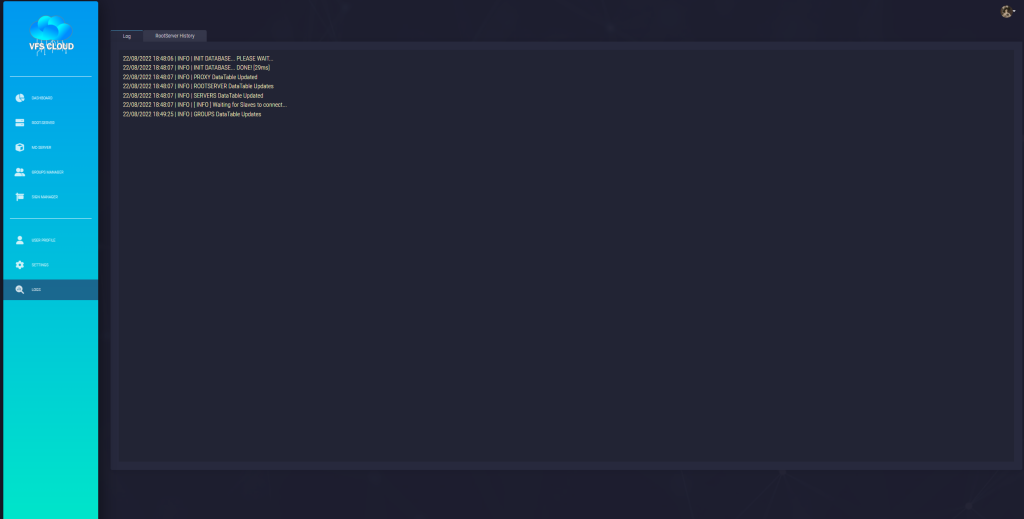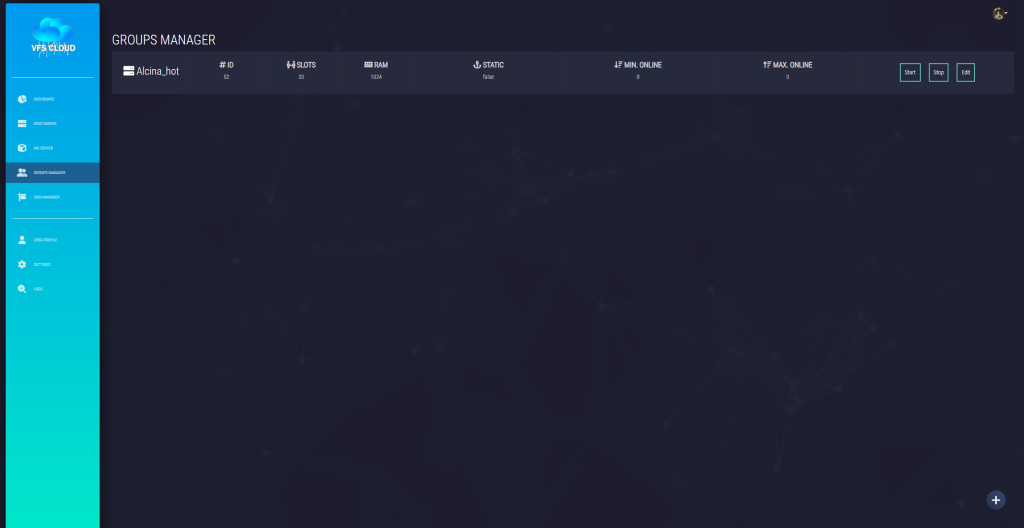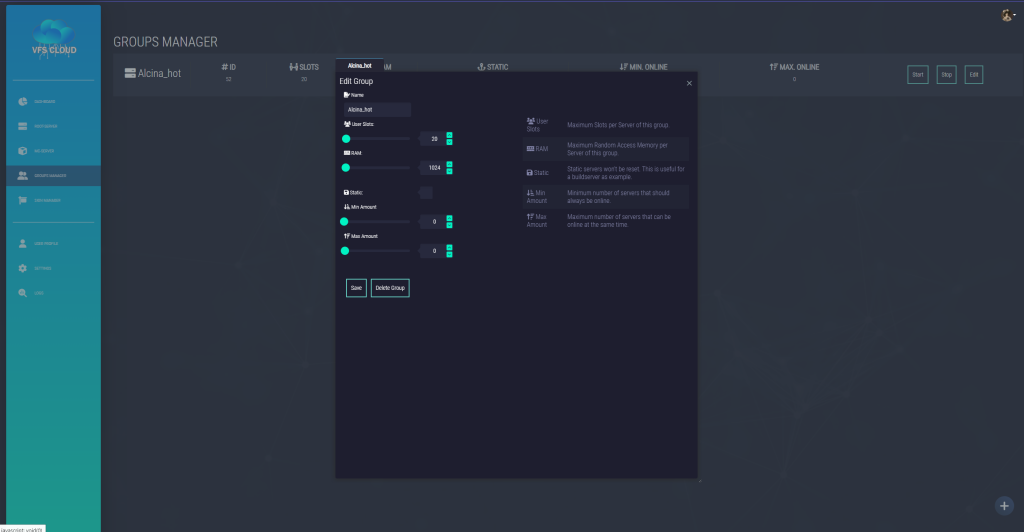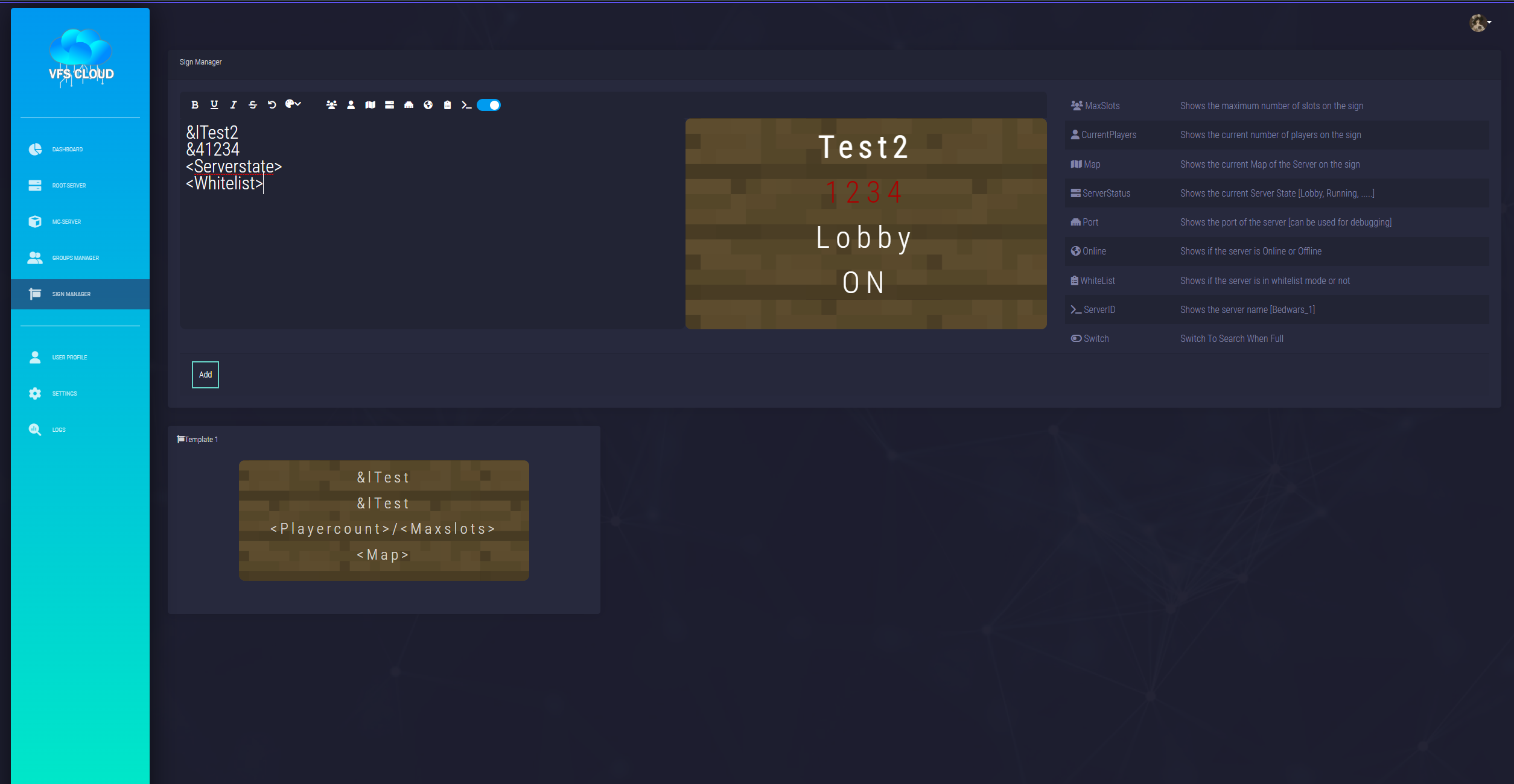For the past months, I’ve been working on a project that combines my love for Minecraft networks with my passion for modern cloud technologies — a machine-learning powered Minecraft Cloud.
Why Build This?
Between 2014 and 2018, I ran several Minecraft networks. Back then, we relied on publicly available cloud solutions (often customized to fit our needs). While these systems offered some flexibility, we still had to plan and rent root servers in advance — which often meant overpaying for idle resources or scrambling when demand spiked.
The vision for this new system is simple: 100% flexibility.
How It Works
At its core, this project works like a standard cloud platform:
- Template system for rapid server creation
- Node system for multi-root and multi-proxy setups
- Load balancing for smooth gameplay

But here’s where it gets interesting: the platform can automatically order root servers from cloud providers like Hetzner Cloud. When extra computing power is needed, the system provisions a server, deploys a node, and launches the necessary Minecraft instances. Once demand drops, the server is terminated — thanks to minute-based billing, you only pay for what you actually use.
To make scaling smarter, the platform uses machine learning to forecast resource needs, helping to spin up or shut down servers before bottlenecks or wasted costs occur.

Key Features
- Modern Tech Stack: ASP.NET Core Blazor (.NET 6 LTS)
- Web Dashboard: Intuitive, multi-user interface
- Template System: Quickly deploy pre-configured game modes
- Multiproxy & Load Balancing: Efficient network traffic management
- Web Console & Web Logs: Manage and monitor servers directly from the browser
- Sign Designer: Create in-game signs via the dashboard
- Spigot API: Extend and integrate with Minecraft plugins
- Multi-Root Support: Manage servers across multiple physical or virtual machines
- Automated Minecraft Server Deployment
- Machine Learning Forecasting
- Web-Based Setup & Configuration

In Development
- Automated vServer Ordering — Full integration with cloud provider APIs for provisioning
- Modular Architecture — Plugin support for both core and node systems
- Web Interface Permissions — Role-based access control
- Cluster System for the Core — High availability and redundancy
The Goal
This project is about removing the guesswork from Minecraft server hosting. Instead of fixed monthly costs and rigid scaling, the platform delivers a pay-for-what-you-use model with smart automation and predictive scaling.
